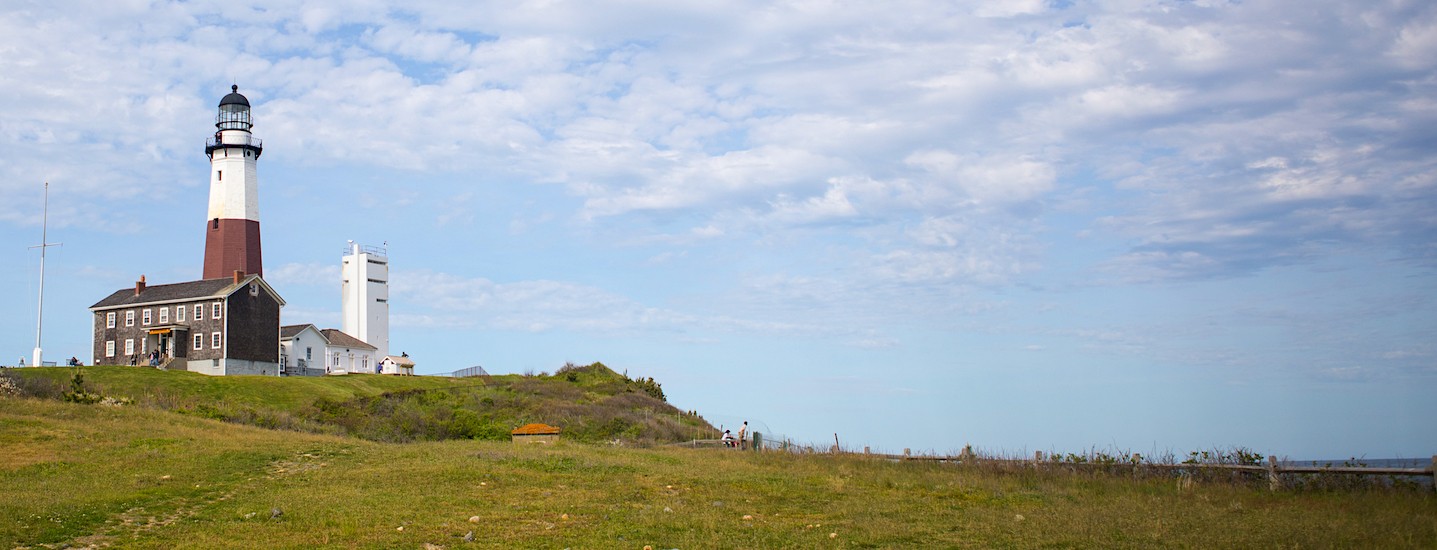
The Eastern Long Island Surfrider Chapter, Concerned Citizens of Montauk (CCOM) and Peconic Baykeeper released an annual report summarizing water quality data collected during 2017 through their local Blue Water Task Force water quality monitoring program.
Approximately 50 sites in the towns of East Hampton and Southampton were sampled in 2017 by trained volunteers and analyzed for the presence of enterococcus bacteria that indicates fecal pollution from human or animal waste, and the presence of other pathogens that can make people sick. The Eastern Long Island Blue Water Task Force program is designed to supplement seasonal monitoring conducted by the Suffolk County Department of Health Services (SCDHS) at lifeguarded beaches. All water quality data were compared to national water quality standards set by the Environmental Protection Agency (EPA) to protect public health in recreational waters and used by the County to issue beach closures and swim advisories.
An analysis of samples from Eastern Long Island indicates that:
- bacteria levels are higher in closed systems with minimal to no flushing,
- bacteria levels are higher during the summer months; and,
- bacteria levels are higher after rain events.



Fortunately, results show that ocean and bay beaches are usually safe for swimming, surfing and paddling most of the year, but people should take care especially during peak season summer months and after rain to check water quality conditions before getting into the water. Stormwater runoff is the number one cause of beach closures in the United States. Rain flowing over roads and other hard surfaces carries pollutants like car oil, animal waste, pesticides, and chemical fertilizers into our waterways. On the East End, most homes and businesses have individual septic systems or cesspools situated above high groundwater tables, where flooding conditions and extreme tidal events can cause septic waste and nitrogen-rich wastewater to enter our ground and surface waterways.
Blue Water Task Force (BWTF) data is being used by, and in conjunction with several municipal and nonprofit partner projects aimed at addressing some of the documented water quality issues at sample locations through advanced monitoring, source tracking and/or remediation projects. Some notable examples include: CCOM and the Village of East Hampton have both partnered with the U.S. Geological Survey to undertake microbial source tracking studies in Lake Montauk and Hook Pond, respectively; The Town of East Hampton is addressing water quality issues in Fresh Pond, Pussy’s Pond and Georgica Pond; and Surfrider, the Village of East Hampton and the Ladies Village Improvement Society installed a bioswale in the East Hampton Village Green to treat polluted road runoff.
All BWTF water quality data are publicly available online at go.surfrider.org/BWTF, via social media by the participating organizations, and in “Water Quality Alert” emails and press releases.
The Eastern Long Island Chapter is pleased to announce that their Blue Water Task Force is now an affiliate of Swim Guide, the most comprehensive beach information and water quality service on the web. Swim Guide has over 2 million users worldwide, and helps users easily find their closest beaches and know at a glance which beaches are safe for swimming. The Swim Guide also hosts data agency testing programs, on the same map, allowing water quality information to be easily in the hands of beachgoers. Visit the Swim Guide online or download the Swim Guide application from the App Store.
Since its release, multiple press groups have picked up the report including:
- Hamptons.com ”Blue Water Task Force Releases Annual Report (2017) On Water Quality: Looks Good But Could Be Better For East End”
- East Hampton Star “Come In, the Water's Mostly Fine”